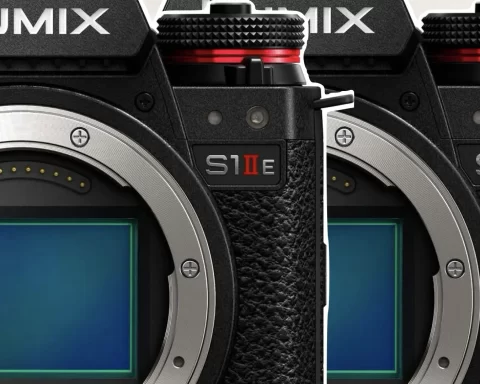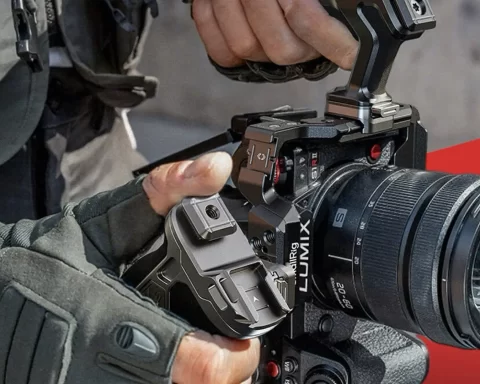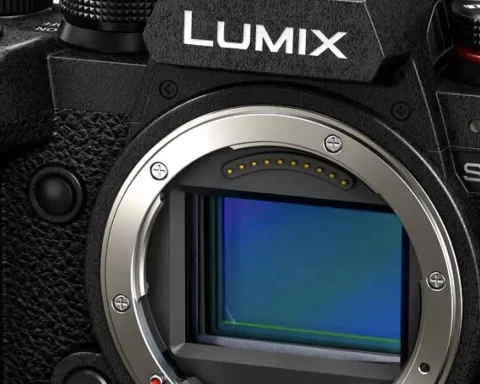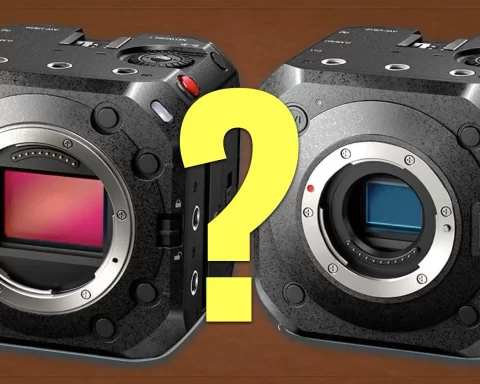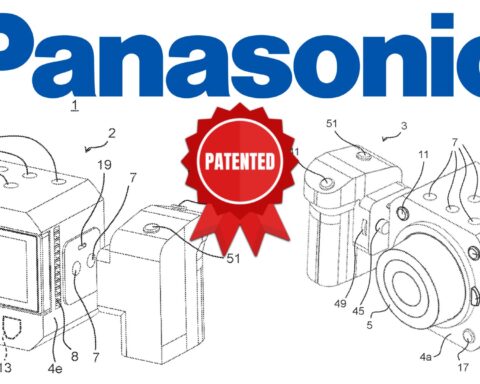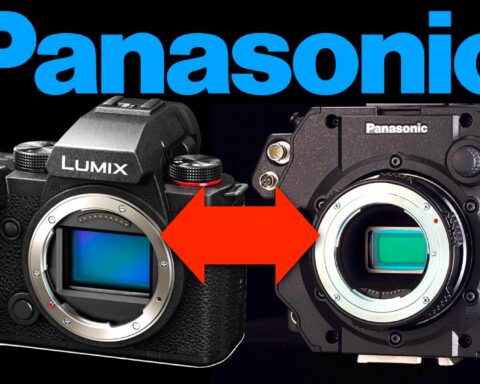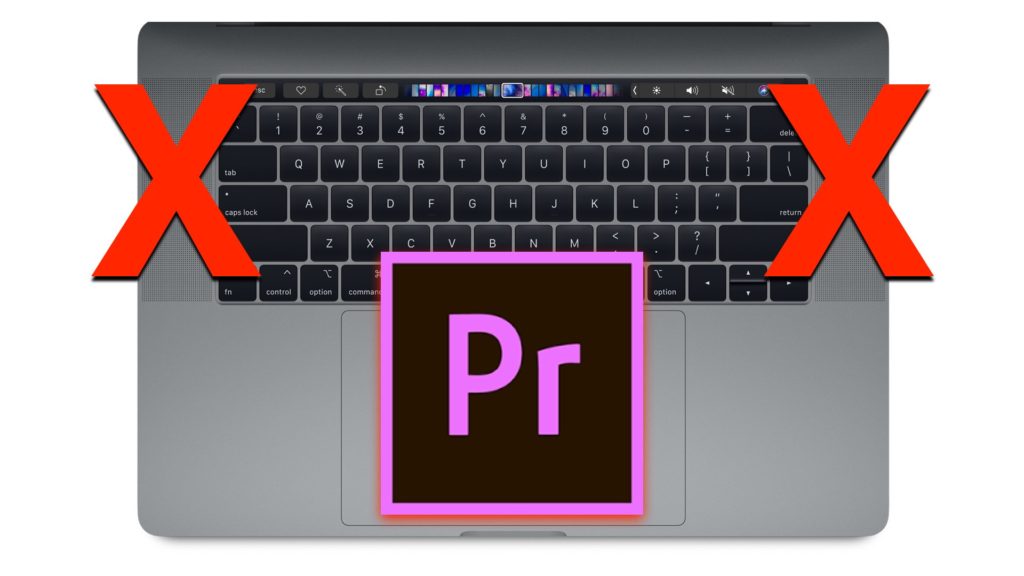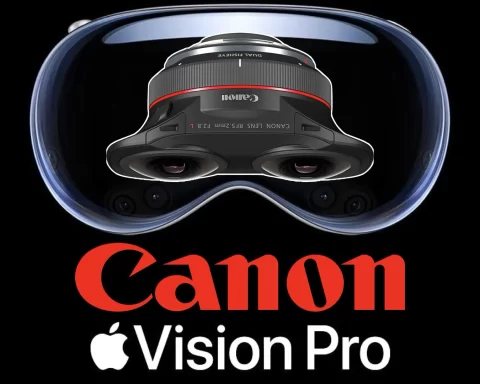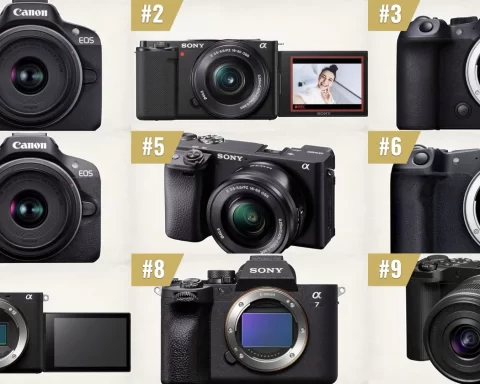Panasonic has released a major firmware update to the cinema camera EVA-1. One of the main features is the ability to record 4K 60p 10bit internally thanks to the advanced h.265 (HEVC) codec. But does it improve image quality? Read below.
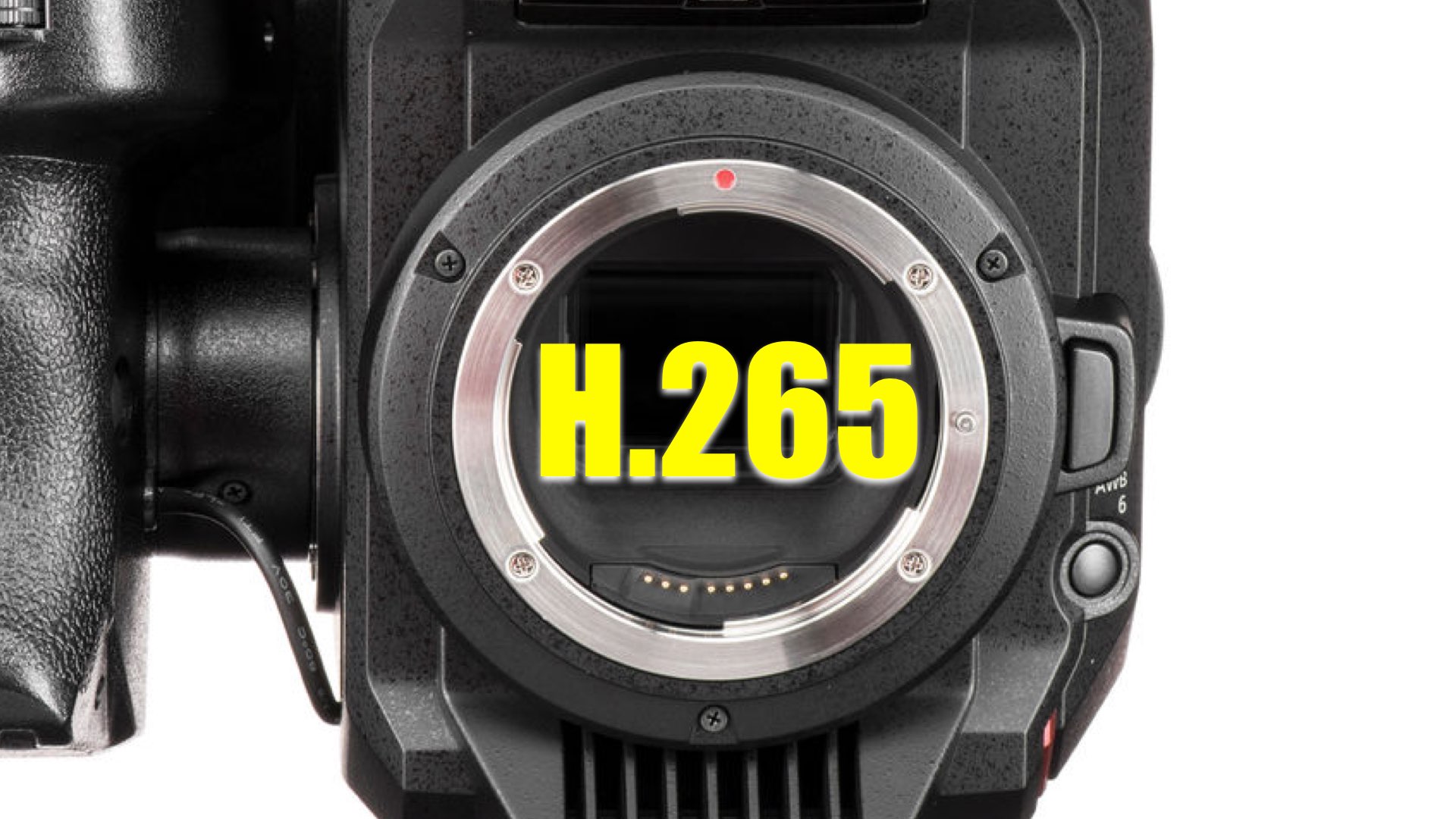
Panasonic EVA-1: Entry level camcorder
It’s been 18 months since the Panasonic EVA-1 came to the world as an entry level super 35 professional camcorder. The EVA-1 seats comfortably between the Canon C200 and the SONY FS5. It’s a budget-friendly ($6495) entry level cinema camera that is also defined as a camcorder.
Panasonic is making an effort to gain some more market share, releasing now this free update together with the $1000 price reduction announced a month ago
$1000 price reduction
Lately, it seems that Panasonic is making an effort to gain some more market share, releasing now this free update together with the $1000 price reduction announced a month ago. It will interesting to see if those steps would help to accomplish the goal making the EVA-1 even more desired by filmmakers. Anyway, in this article, we will focus on the new codec that came with firmware 3.0 in order to see how it affects the EVA-1 image quality.
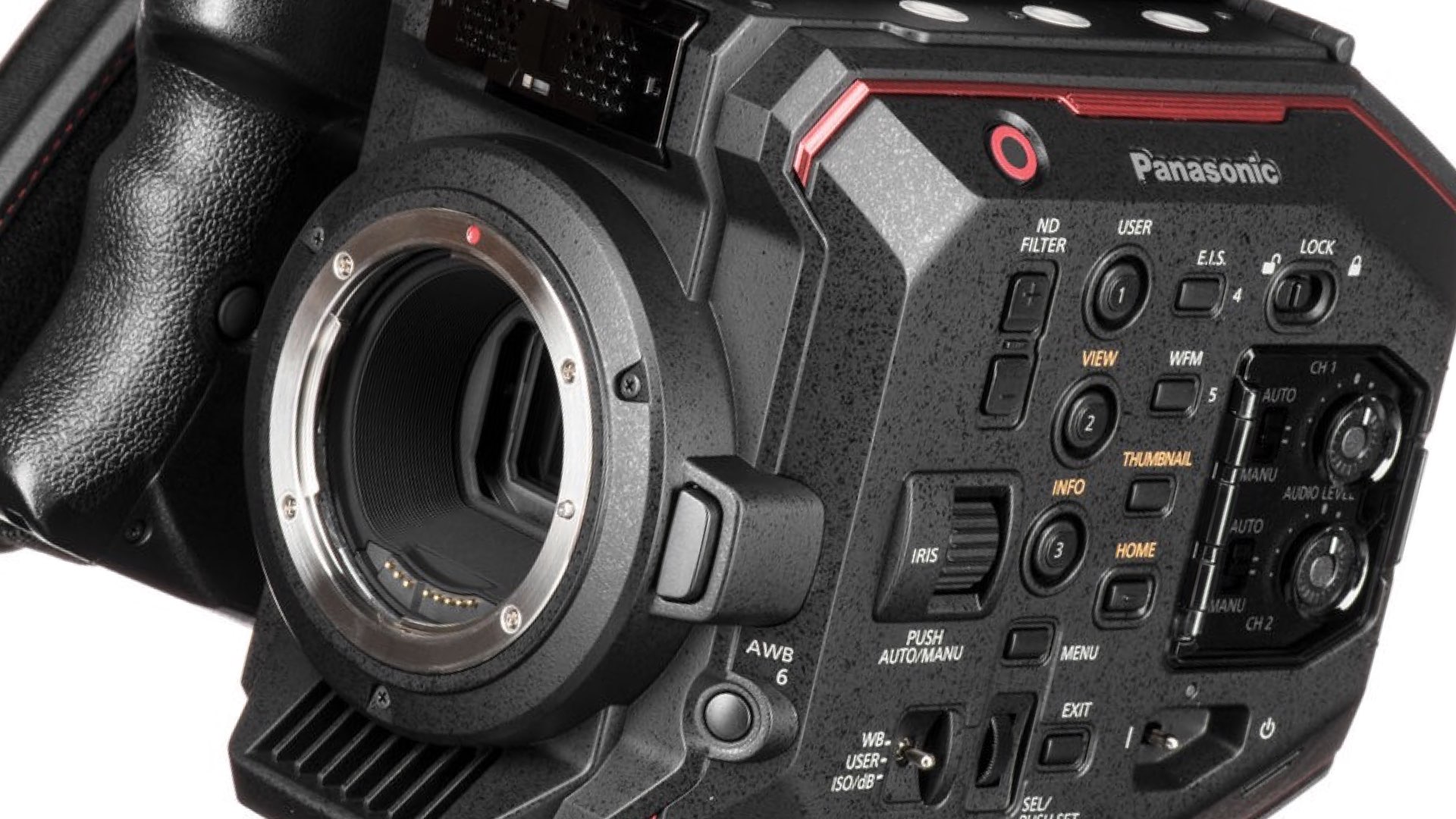
Firmware 3.0
The firmware 3 constitutes as a major (and free) update that allows new capabilities to the camera. We’ll concentrate on what we think is the most significant feature: the privilege of recording 4K 10bit internally up to 60p (4:2:0) due to a new in-camera HEVC (H.265) codec. This codec has two recording options: 4K 10bit up to 59.97p at 200mbps, and 4K 10bit up to 29.97p at 150mbps.
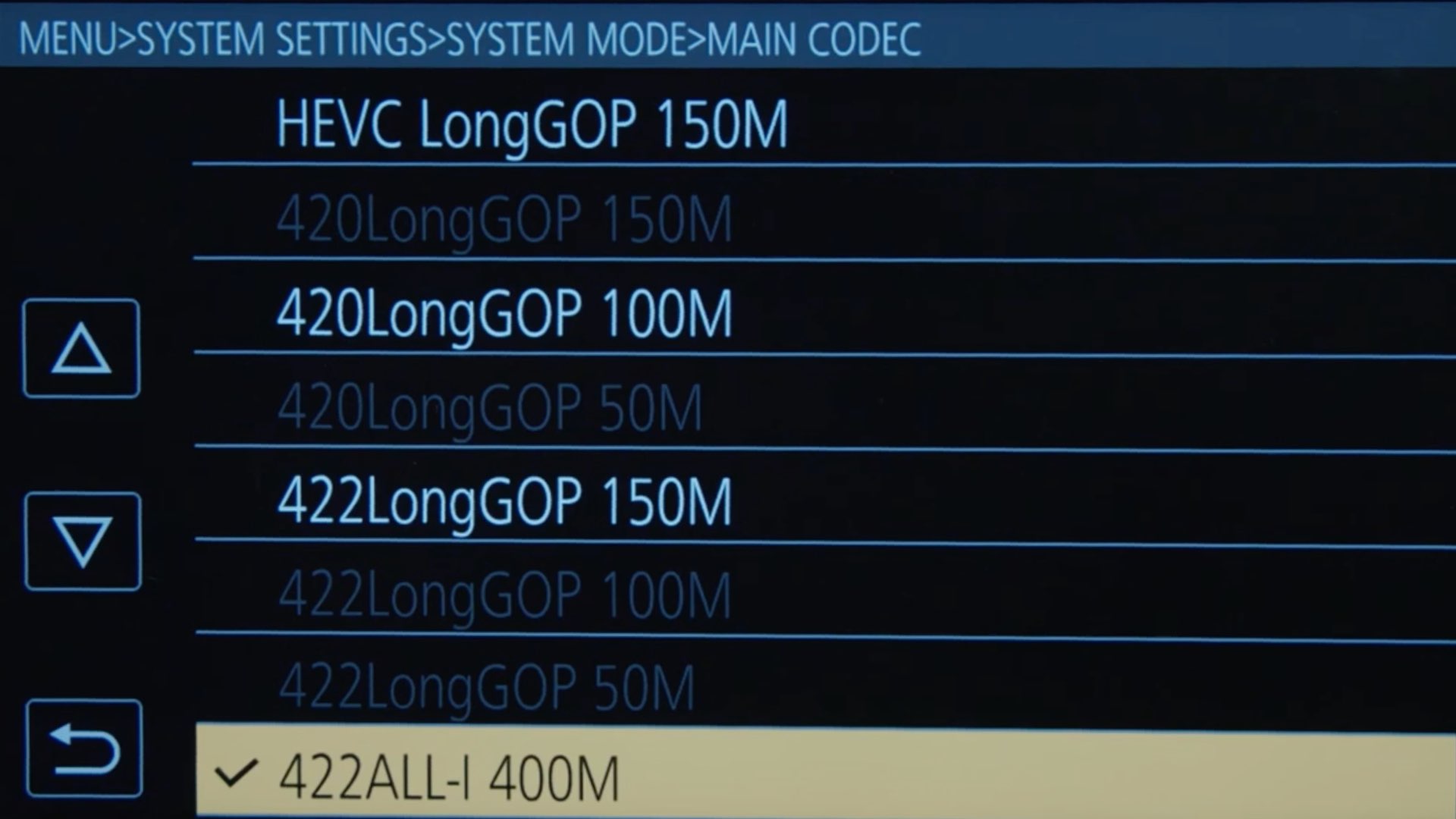
The main privilege of the 265 is the economized space even in 4K recording. Of course, the dominant drawback here is the 4:2:0 color sampling. Fortunately, the guys at Media Division have put together some cool tests to see if this codec makes a significant difference in regard to image quality of the EVA-1. Check out their video below:
You are not going to reveal any difference between the old codec (h.264) to the new one (HEVC/h.265)
H.265 vs H.264
Generally speaking, the transcoding efficiency of the h.265 is higher, means less bitrate in higher quality. You can get image quality twice as good with the same bandwidth. Media Division made some tests in 24fps and 60fps. Feel free to examine the screenshots below, however, I ensure you that you are not going to reveal any difference between the old codec (h.264) to the new one (HEVC/h.265). It is important to note the massive compression performed by YouTube which makes the examination problematic. Indeed those files are heavily compressed so Youtube might not be the optimal reference to examine and compare between those two codecs, but still, it’s a good reference.
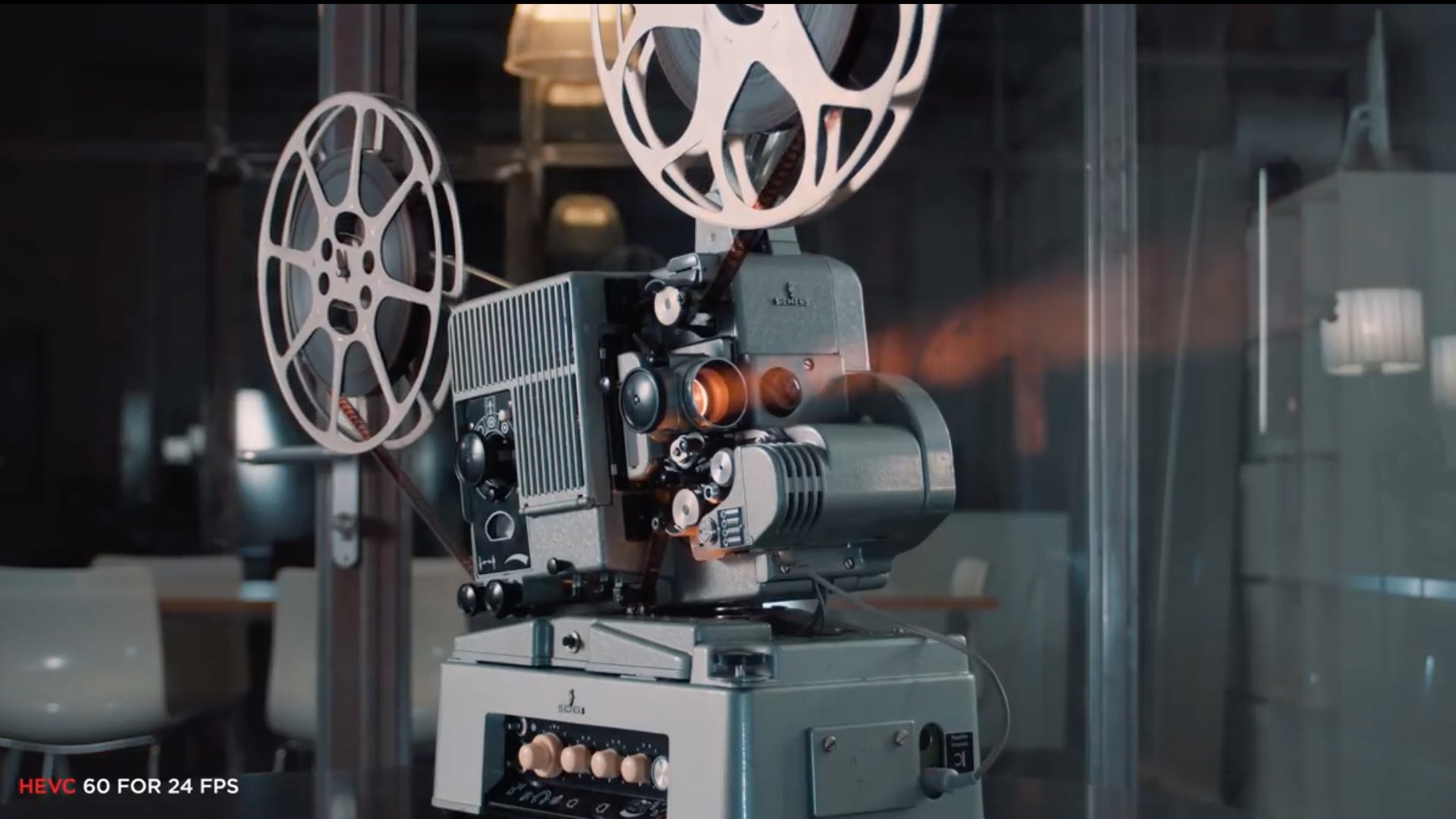
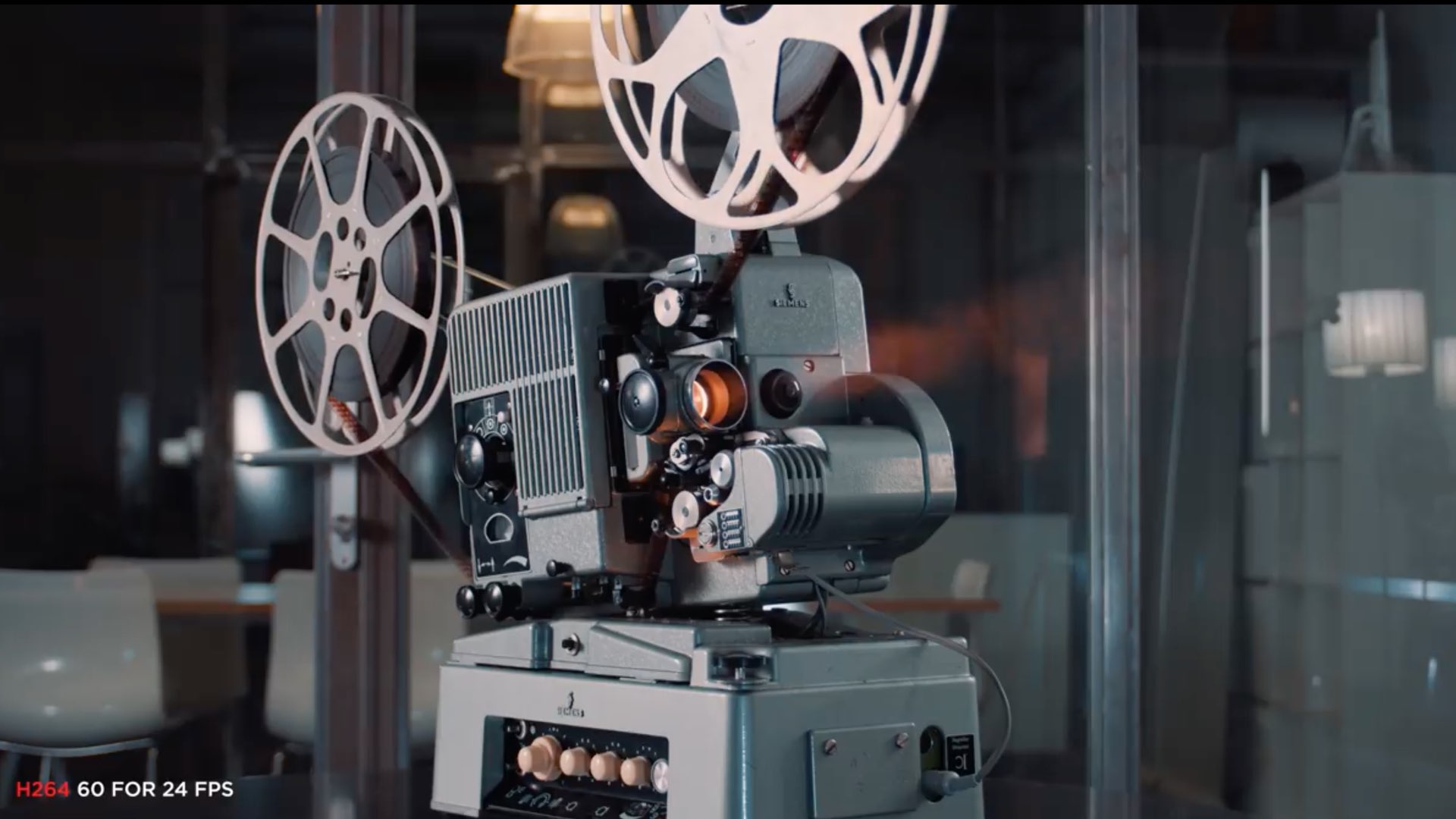
Conclusions
Thanks to Media Division we saw that the new and most important update of firmware 3.0 doesn’t significantly contribute to the EVA-1 imagery. But again, it depends on many factors, like cinematography conditions and more. I assume that the main advantage of this codec is the ability to shoot 4K 60fps 10bit internally with a fraction of the recording space.

Final thoughts
HEVC doesn’t show a meaningful difference to ProRes HQ (or 400mbps H264)…. that is indeed quite impressive as it works on a fraction of the recording space and it works on cheaper v30 cards. If you are in the field and you have to shoot a ton of footage every day… this is gold.
Media Division
The EVA was always capable of shooting 8bit 4K 60 internal. 10bit is a significant gain. Furthermore, the new codec has the advantage that it is widely supported by hardware acceleration and therefore easier on the NLE (compared to the heavily compressed H.264). Media Division enlightened us that the codec was not expected to bring better quality than ProRes HQ. The test show, that the HEVC doesn’t show a meaningful difference to ProRes HQ (or 400mbps H264)…. that is indeed quite impressive as it works on a fraction of the recording space and it works on cheaper v30 cards. If you are in the field and you have to shoot a ton of footage every day… this is gold… and this is where EVA is her element.
We’d like to thank Media Division for their great analysis. Follow them for high quality filmmaking educational content.
Are you an EVA-1 shooter and satisfied from this update? Let’s know what you think in the comments section below.

